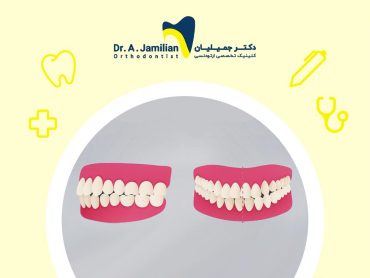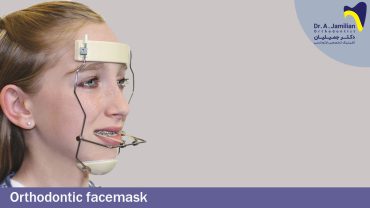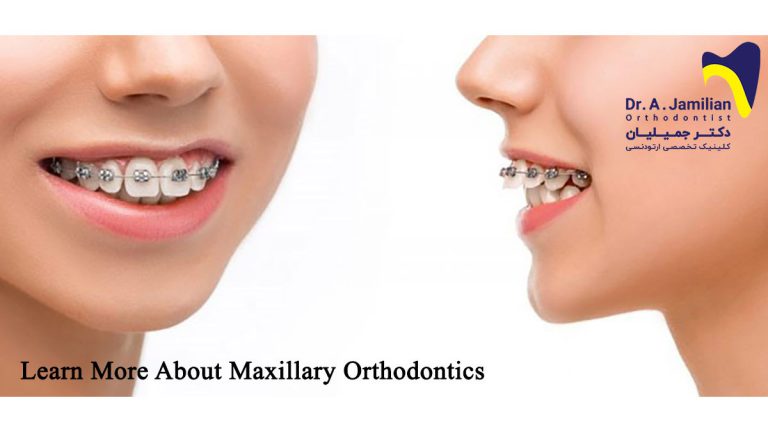The mandibular deviation is a common craniofacial deformity characterized by the asymmetric and inappropriate position of teeth and jaws. In cases where teeth and jaws cannot be harmoniously fitted, patients should receive orthodontic treatments to correct the malocclusions. Orthodontics is the primary treatment for mandibular deviation.

Secondary complications of mandibular deviation
The untreated mandibular deviation may cause dysarthria (speech difficulty), premature tooth wear, and enamel erosion. It can also damage teeth and maxillomandibular joints. Untreated mandibular deviation in childhood or adolescence may cause many problems in adulthood.
Timely treatment of mandibular deviation
Some parents are unaware that maxillofacial abnormalities or malocclusions get more exacerbated as a child’s face and jaws grow and thus are more difficultly treated as the child gets older. The earlier diagnosis of mandibular deviation makes its treatment much more straightforward. When such problems remain untreated, the further growth of jaws can negatively affect the structure and soft facial tissues.
Diagnosis of mandibular deviation
In mandibular deviation, one side of the jaw further horizontally grows from the other side, preventing the maxilla and mandible’s complete overlapping. An orthodontist can diagnose mandibular deviation by examining the oral cavity and evaluating the radiographs. Both intraoral and extraoral examinations are necessary for the definitive and accurate diagnosis of mandibular deviation. The front view of the face should be carefully analyzed in extraoral examinations. The orthodontist can quickly diagnose mandibular deviation if the intraoral examinations reveal facial and dental midlines’ asymmetry. The orthodontist will then plan the best treatment procedure depending on the cause and origin of mandibular deviation.
Treatment of mandibular deviation
There are different orthodontic treatments for mandibular deviation depending on the patient’s age and maxillofacial development. In immature patients with non-advanced mandibular deviation, the orthodontist can employ orthodontic appliances to correct this malocclusion without needing a surgical procedure. Orthodontic treatments should be combined with surgical procedures in cases where mandibular deviation in mature patients cannot be treated only through orthodontics. In such cases, the orthodontist first begins orthodontic treatments until the surgical procedure is performed. This therapeutic plan produces the most favorable outcomes. Maxillofacial surgery can effectively improve mandibular deviation if orthodontic treatments precede it.







